
Back in October 2020 in the blog All change for the railways, we looked at the emergency measures for running the railways in Great Britain following the collapse in rail traffic because of the COVID-19 pandemic. We also looked ahead to plans for reorganising the railways, with the expectation that the current franchising system would be scrapped and replaced with a system whereby the train-operating companies (TOCs) would be awarded a contract to run rail services. They would be paid a performance-related fee. All ticket revenues would go to the government, which would bear the costs and the risks. While this would not be quite renationalisation, it would, in effect, be a contract system where private companies are paid to deliver a public service.
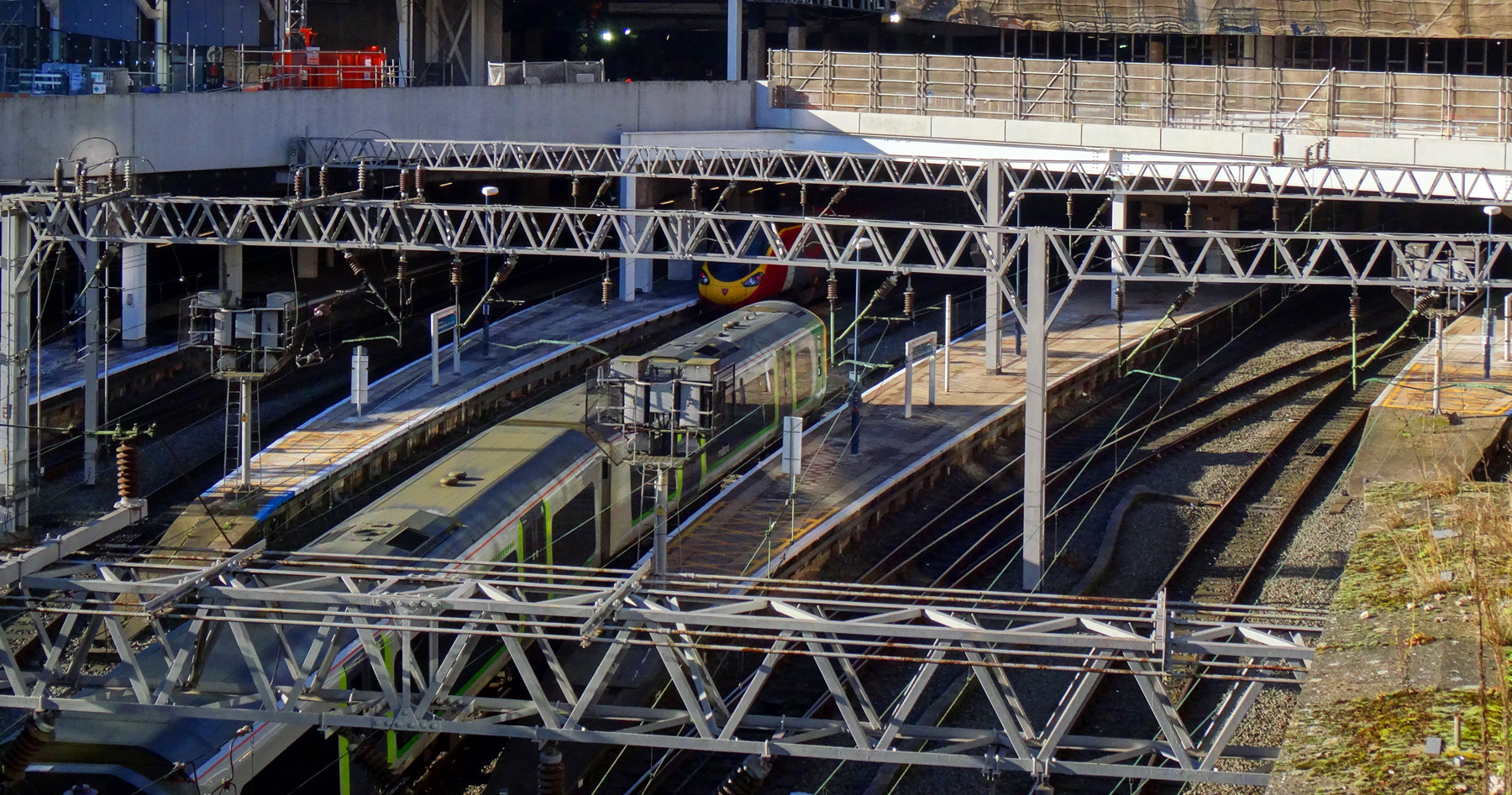 The Transport Secretary, Grant Shapps, has just announced the new system in a White Paper, which is indeed the anticipated contract system. The White Paper has drawn on the findings of the Williams Rail Review, independently chaired by Keith Williams.
The Transport Secretary, Grant Shapps, has just announced the new system in a White Paper, which is indeed the anticipated contract system. The White Paper has drawn on the findings of the Williams Rail Review, independently chaired by Keith Williams.
The new system has the following features:
- A new public-sector body, Great British Railways (GBR), will be created which will eventually absorb Network Rail.
- GBR will produce five-year business plans. It will also develop a 30-year strategy to shape the long-term development of the railways and will include plans to decarbonise the whole rail network.
- It will be in charge of planning and operating rail infrastructure in England, including track, signalling, stations and depots.
- It will work closely with the devolved rail authorities in Scotland, Wales, London, Merseyside, and Tyne and Wear.
- It will set timetables, plan train operations, set most fares, sell tickets (at stations and on a new dedicated website) and collect revenues.
- The ticketing system will be reformed, with a single integrated system of fares across England, and potentially the devolved rail authorities too. The website will show the best and cheapest options for any given journey. New flexible season tickets will be introduced, allowing workers to travel on limited numbers of days: e.g. eight days in any 28-day period. Also, a new single compensation scheme will simplify the system for refunds.
- Private train-operating companies (TOCs) will run trains over particular routes. They will bid for Passenger Service Contracts (PSCs), which will be awarded by competitive tender. They will be paid a management fee, rather than receiving revenues from ticket sales. The fees will include performance incentives and penalties, which will depend on meeting targets for punctuality, reliability, safety and cleanliness.
- Rolling stock (trains, locomotives and freight wagons) will continue to be procured from the private sector, which will generally be leased to TOCs. It is hoped that by awarding PSCs for a number of years, TOCs will be encouraged to make large-scale procurements of rolling stock.
- GBR in England will be divided into five regional divisions, which will be ‘accountable to customers for their journeys; manage PSCs, stations and infrastructure; procure private partners, such as operators and contractors; manage budgets both locally and regionally; integrate track and train at a local level; work with and be responsive to the needs of local and regional partners, and integrate rail with other transport services’.
- GBR will be held to account by the Office of Rail and Road (ORR), which will monitor its performance.
In its White Paper, the government has recognised that, in many ways, rail privatisation has failed. Page 13 states:
Breaking British Rail into dozens of pieces was meant to foster competition between them and, together with the involvement of the private sector, was supposed to bring greater efficiency and innovation. Little of this has happened. Instead, the fragmentation of the network has made it more confusing for passengers, and more difficult and expensive to perform the essentially collaborative task of running trains on time.
But will the new system bring a better integrated, more efficient, punctual, reliable and greener railway, with more investment, an enlarged network and lower ticket prices? These are certainly aims of the White Paper. But a lot will depend on the details, yet to be finalised.
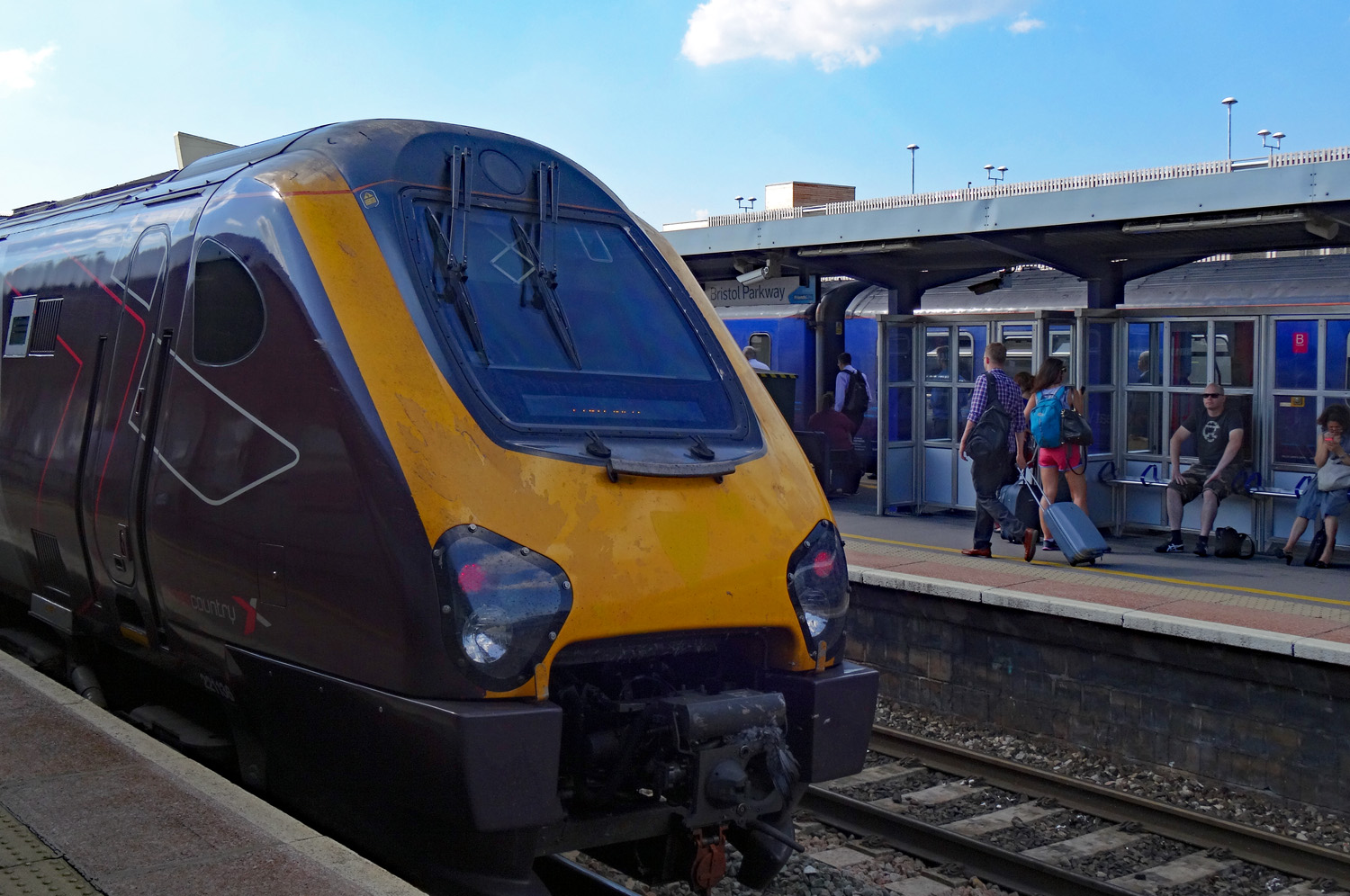 Crucially, it is not clear the extent to which the rail system will be subsidised. Will any subsidies internalise the positive externalities from rail travel? Also, it is not clear exactly what incentives and penalties will be introduced to encourage efficiency, punctuality, safety and cleanliness.
Crucially, it is not clear the extent to which the rail system will be subsidised. Will any subsidies internalise the positive externalities from rail travel? Also, it is not clear exactly what incentives and penalties will be introduced to encourage efficiency, punctuality, safety and cleanliness.
What is also not clear is the degree of contestability of rail routes and freight operations. Routes are contestable at the time of bidding for PSCs, with more efficient companies able to outbid the less efficient ones. But with changing conditions and the desire to maintain contestability, contracts need to be relatively short. However, it contracts are too short, there is no incentive for TOCs to invest in trains and infrastructure. Thus inherent in the PSC system is a tension between competition and investment.
It does seem that fares and tickets will be simpler, with greater use of ‘tapping in and out’ as in London and in many other countries, allowing fares to be capped when multiple journeys are made in any given time period. Ultimately, however, it is price, frequency, punctuality, comfort and reliability that are the crucial metrics. Success according to these will depend on how well GBR is run, how well the PSC system operates and how much the rail system is subsidised. The jury is out on these questions.
Video
Articles
- UK rail looks to private sector in biggest shake-up since 1990s
Financial Times, Philip Georgiadis, Andy Bounds and Jim Pickard (20/5/21)
- UK Rail Review – Williams-Shapps Plan for Rail
The National Law Review, Graeme McLellan, Richard Hughes and John Voorhees (21/5/21)
- Great British Railways: Franchises scrapped and changes to season tickets as part of major revamp to UK’s train network
Sky News, Paul Kelso (20/5/21)
- Great British Railways plan aims to simplify privatised system
The Guardian, Gwyn Topham (19/5/21)
- How is the UK government planning to change the rail network?
The Guardian, Gwyn Topham (20/5/21)
- Better rail services promised in huge shake-up
BBC News (21/5/21)
- Rail reform: What does the shake-up mean for you?
BBC News, Kevin Peachey (21/5/21)
- Great British Railways: New public body to take over all trains and track in biggest reforms since privatisation
Independent, Jon Stone (20/5/21)
- Great British Railways body has been announced to run industry – but what about Scotland?
The Scotsman, Alastair Dalton (20/5/21)
- There’s nothing ‘great’ about this new British Railways revamp
The Guardian, Simon Jenkins (20/5/21)
Documents
Questions
- Explain how the franchising system has worked. What problems have arisen with this system?
- If the proposed new system also involves contracts being awarded to train-operating companies, how is it better than the old franchising system?
- What were the Emergency Measures Agreements (EMAs) introduced in the pandemic and the Emergency Recovery Measures Agreements (ERMAs) which replaced them in September 2020? How similar are they to the proposed system of Passenger Service Contracts (PSCs) with train-operating companies?
- Identify the externalities involved in train travel? What is the best way of internalising them?
- Argue the case for and against making train travel cheaper by increasing subsidies.
- To what extent are individual rail routes natural monopolies? Does a franchising system overcome the problems associated with natural monopolies?
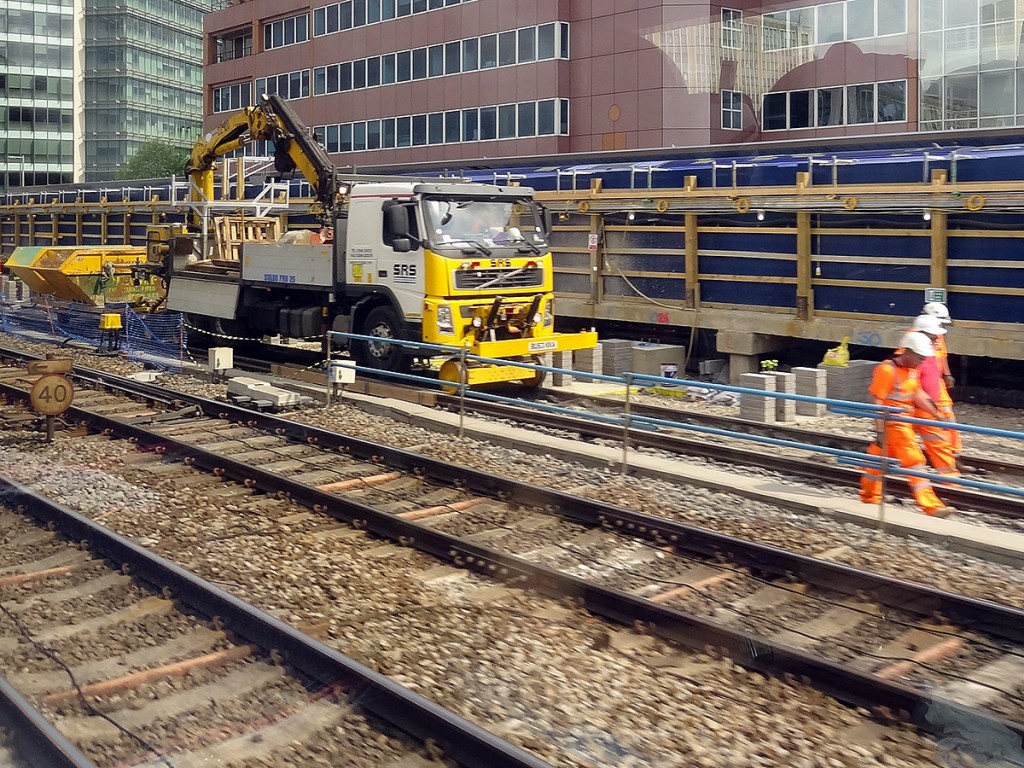 Over the past few decades, numerous areas within the British economy have been partly or fully privatized and one such case is British Rail. Why is this relevant now? We’re once again looking at the potential increase in rail fares across the country and the impact this will have on commuters and households. So, have the promises of privatisation – namely lower fares – actually materialised?
Over the past few decades, numerous areas within the British economy have been partly or fully privatized and one such case is British Rail. Why is this relevant now? We’re once again looking at the potential increase in rail fares across the country and the impact this will have on commuters and households. So, have the promises of privatisation – namely lower fares – actually materialised?
Comparing the increase in rail fares with that of the RPI makes for interesting reading. Data obtained back in January 2013 shows that since 1995, when the last set of British Rail fares were published, the RPI has been 66%, according to data from Barry Doe and this compares unfavourably with the increase in a single ticket from London to Manchester which had increased by over 200%. However, it compares favourably with a season ticket, which had only increased by 65%. In the last couple of years, increased in rail fares have been capped by the government to increase by no more than the rate of inflation. As such, customers are likely to be somewhat insulated from the increases that were expected, which could have ranged between 3 and 5%.
This announcement has been met with mixed reviews, with many in support of such caps and the benefit this will bring to working households, including Passenger Focus, the rail customer watchdog. Its Passenger Director, David Sidebottom said:
The capping of rail fare rises by inflation will be welcome news to passengers in England, especially those who rely on the train for work, as will the ban on train companies increasing some fares by more than the average. It is something we have been pushing for, for several years now and we are pleased that the Government has recognised the need to act to relieve the burden on passengers.
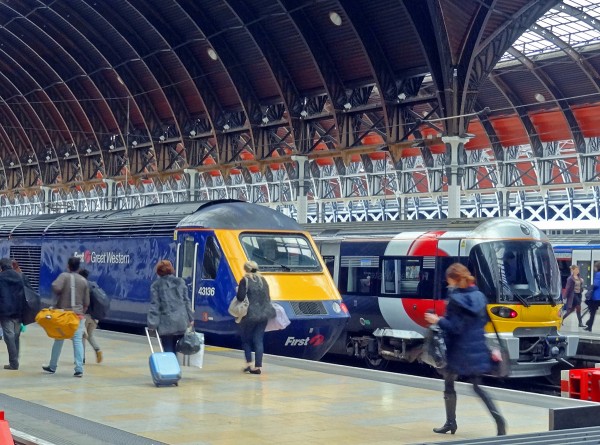 However, others have criticised the increases in rail fares, given the cost of living crisis and the potential 9% pay rise for MPs. The acting General Secretary of the RMT transport union commented:
However, others have criticised the increases in rail fares, given the cost of living crisis and the potential 9% pay rise for MPs. The acting General Secretary of the RMT transport union commented:
The announcement from George Osborne does not stack up to a freeze for millions of people whose incomes are stagnant due to years of austerity. To try and dress this up as benefiting working people is pure fraud on the part of the Government … Tomorrow, RMT will be out at stations across the north where some off-peak fares will double overnight.
Commuters in different parts of the country do face different prices and with some changes in peak travel times in the Northern part of the country, it is expected that some customers will see significant hikes in prices. Peak travel prices being higher is no surprise and there are justifiable reasons for this, but would such changes in peak times in the North have occurred had we still been under British Rail? Privatisation should bring more competition, lower prices and government revenue at the point of sale. Perhaps you might want to look in more detail at the actual to see whether or not you think the benefits of privatisation have actually emerged. The following articles consider the latest announcement regarding rail fares.
Rail fares to increase by 2.5% in January after Osborne caps price rises at no more than inflation Mail Online, Tom McTague (7/9/14)
Have train fares gone up or down since British Rail? BBC News, Tom Castella (22/1/13)
Rail fares to match inflation rate for another 12 months The Guardian (7/9/14)
Britain caps rail fares at inflation Reuters (7/9/14)
Regulated rail fares to increase by 3.5% in 2015 BBC News (19/8/14)
Northern commuters face big rise in fares for evening travel The Guardian, Gwyn Topham (7/9/14)
Commuter rail fares frozen again, says George Osborne BBC News (7/8/14)
Rail fares, the third payroll tax Financial Times, Jonathan Eley (22/8/14)
Questions
- What are the general advantages and disadvantages of privatisation, whether it is of British Rail or British Gas?
- Why is it that season tickets have increased by less than the RPI, but single tickets have increased by more?
- What are the conditions needed to allow train companies to charge a higher price at peak travel times?
- Are higher prices at peak times an example of price discrimination? Explain why or why not.
- In the Financial Times article, it is suggested that rail fares are like a payroll tax. What is a payroll tax and why are rail fares related to this? Does it suggest that the current method of setting rail fares is equitable?
- Based on the arguments contained in the articles, do you think the cap on rail fares is sufficient?
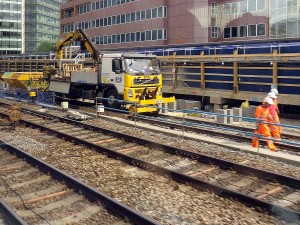 Rail companies will be permitted to raise average regulated rail fares next year by 6.2%. Not surprisingly, this has been met with dismay and anger by rail travellers, especially long-distance commuters, who could see their annual season tickets going up by several hundred pounds.
Rail companies will be permitted to raise average regulated rail fares next year by 6.2%. Not surprisingly, this has been met with dismay and anger by rail travellers, especially long-distance commuters, who could see their annual season tickets going up by several hundred pounds.
Some fares, such as advance tickets, are unregulated. Others, such as anytime, off-peak and season tickets, are regulated by the government. The formula for working out permitted price rises for regulated fares is RPI plus 3%, where RPI is the July annual inflation rate based on the retail price index.
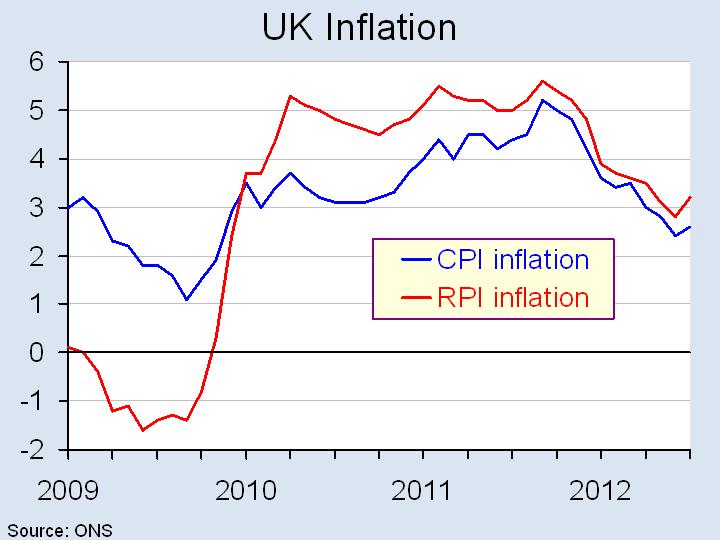
The RPI figure was announced by the ONS on 14 August and was a surprisingly high 3.2% – up from 2.8% in June: see Table 21 in the ONS’s CPI And RPI Reference Tables, July 2012. (Click here for a PowerPoint of the chart on the left.) Hence average fares can rise by 3.2% + 3% = 6.2%.
Rail travellers are angry on three counts:
First, the RPI measure of inflation is generally around 0.5% higher than the CPI measure (which is used for working out public-sector pay increases and the uprating of pensions and benefits). The July figure for CPI inflation was 2.6%.
Second, the extra 3% added on top of RPI means that that rail fares are going up more rapidly than other prices, and incomes too. The reason given for this is to shift the burden of funding the railways from the taxpayer to the traveller.
Third, the formula applies to average fares. Rail companies can raise particular regulated fares by up to 5 percentage points more than the formula provided they raise other fares by less than the formula. Thus some fares are set to rise by 11.2% – including some of the most expensive season tickets.
The government justified the increases by arguing that the higher fares will allow more investment by the rail companies, which could result in lower costs in the future. Nevertheless, two thirds of the revenue from the above-inflation increases will go to the government and only one third to the rail companies.
Webcasts
 Inflation shock as rail fares set to soar Channel 4 News, Ciaran Jenkins (14/8/12)
Inflation shock as rail fares set to soar Channel 4 News, Ciaran Jenkins (14/8/12)
 Protests as rail fare price rises announced The Telegraph (14/8/12)
Protests as rail fare price rises announced The Telegraph (14/8/12)
 How do our rail fares compare with the rest of Europe? BBC News (14/8/12)
How do our rail fares compare with the rest of Europe? BBC News (14/8/12)
 Rail fare increase will make life better, says minister BBC News (14/8/12)
Rail fare increase will make life better, says minister BBC News (14/8/12)
 Passenger Focus: Train companies ‘using dark arts’ BBC News, David Sidebottom (14/8/12)
Passenger Focus: Train companies ‘using dark arts’ BBC News, David Sidebottom (14/8/12)
Articles
Rail fares set to increase by 6.2% Financial Times, Mark Odell (14/8/12)
Rail fares set to rise by 6.2% in January Guardian, Gwyn Topham (14/8/12)
Rail fare hike of 6.2% sparks angry reaction BBC News (14/8/12)
Soaring rail fares will do nothing for the recovery The Telegraph (14/8/12)
Commuters plead with Osborne to prevent 10 per cent rise in rail fares Independent, Oliver Wright (15/8/12)
Rail fare rises: how to keep your ticket prices as low as possible Guardian, Mark King (14/8/12)
Documents and information
Fares Review Conclusions 2003 Strategic Rail Authority (June 2003)
Fares Office of Rail Regulation
Fares on National Rail Association of Train Operating Companies
Questions
- What are the arguments for and against the general principle of using an RPI+X formula for regulating rail fares?
- What are the arguments for and against allowing train operating companies to raise regulated rail fares by an average of RPI plus 3%, with 2 of the 3 percent above RPI inflation going to the government?
- In what ways are travellers likely to respond to the higher prices?
- Why are some travellers likely to have a much lower price elasticity of demand for rail travel than others? What determines this price elasticity of demand?
- What externalities exist in rail transport? How should this impact on the government’s rail pricing strategy?
- How is infrastructure development funded for (a) rail, (b) roads and (c) airports? Does this lead to an efficient allocation of transport investment?
- How does rail pricing in the UK compare with that in other European countries? Should other European countries follow the UK’s policy of above inflation fare increases to fund rail investment?

 The Transport Secretary, Grant Shapps, has just announced the new system in a White Paper, which is indeed the anticipated contract system. The White Paper has drawn on the findings of the Williams Rail Review, independently chaired by Keith Williams.
The Transport Secretary, Grant Shapps, has just announced the new system in a White Paper, which is indeed the anticipated contract system. The White Paper has drawn on the findings of the Williams Rail Review, independently chaired by Keith Williams.  Crucially, it is not clear the extent to which the rail system will be subsidised. Will any subsidies internalise the positive externalities from rail travel? Also, it is not clear exactly what incentives and penalties will be introduced to encourage efficiency, punctuality, safety and cleanliness.
Crucially, it is not clear the extent to which the rail system will be subsidised. Will any subsidies internalise the positive externalities from rail travel? Also, it is not clear exactly what incentives and penalties will be introduced to encourage efficiency, punctuality, safety and cleanliness.  Great British Railways plan promises simplified fares in biggest rail shake-up since privatisation
Great British Railways plan promises simplified fares in biggest rail shake-up since privatisation


